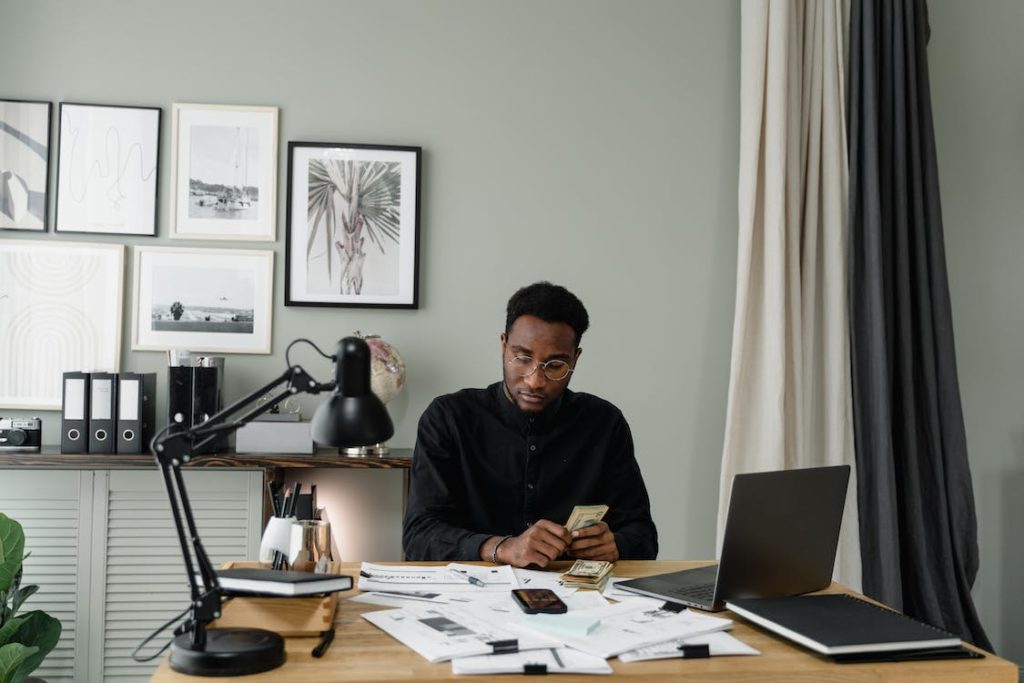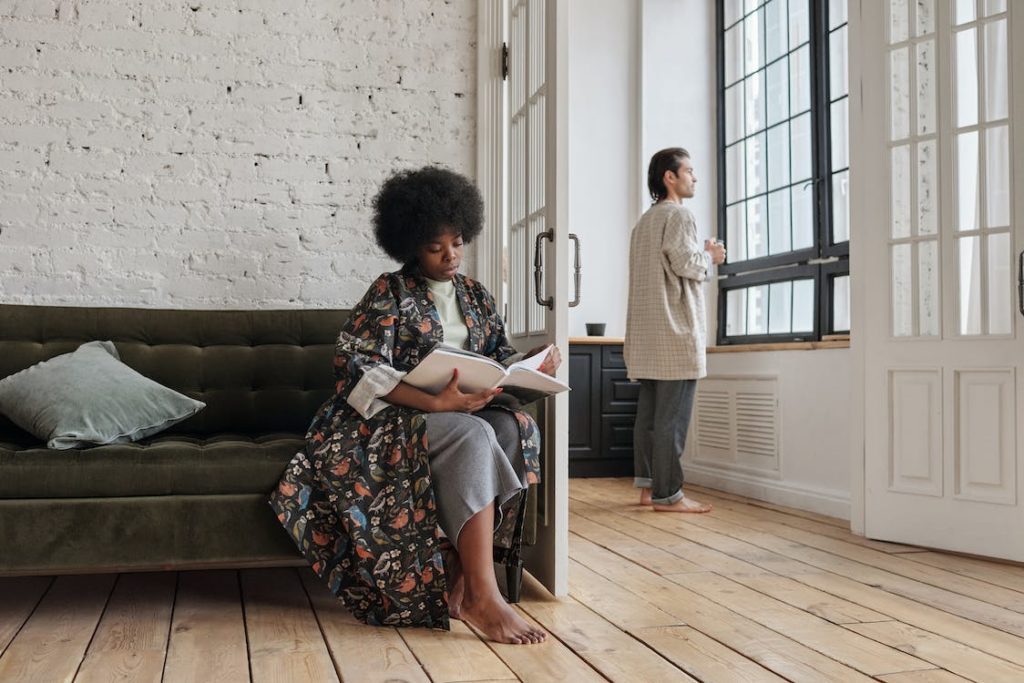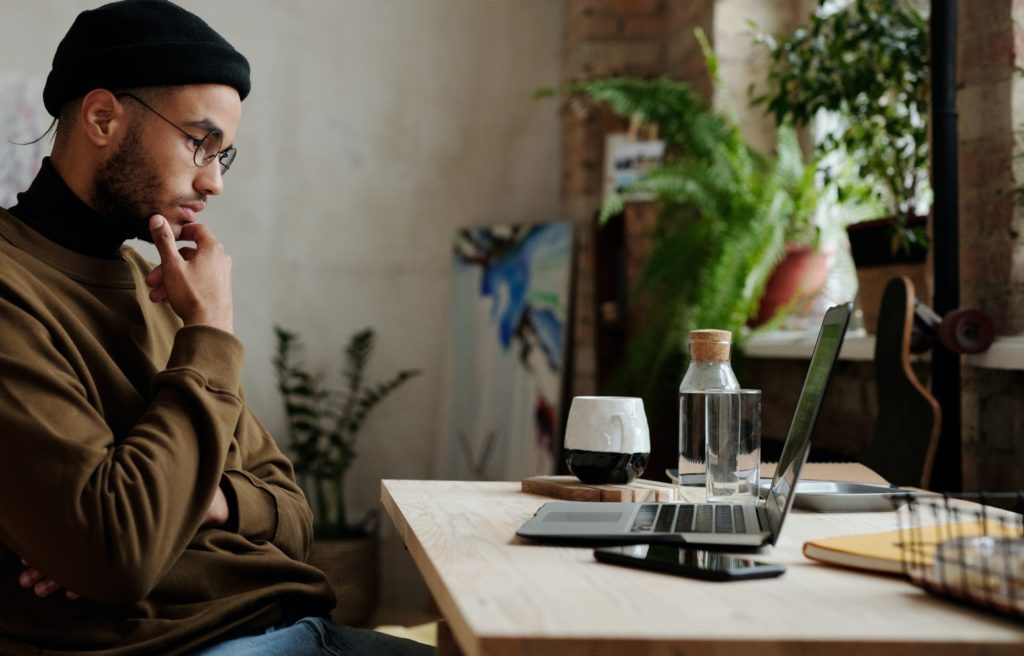Buying a home is a big decision, and it can seem like a daunting task – especially when you’re not sure where to start. Fortunately, the process can be broken down into some easily identifiable steps. Thinking about buying a home as a series of individual tasks can make it seem more manageable and makes it easier to keep track of what you need to do.
Assess your Financial Health
When you’re thinking about buying a home, the first thing you need to do is take a good look at your finances.
This means considering what money you have in the bank, your savings, your current and projected income, and all of your combined current expenses. It’s important to have a clear picture of what your budget will be. Calculating your monthly expenses will also give you an idea of how much you can spend on your mortgage payment.
Many experts suggest having six months of living expenses in the bank before you even consider buying a house. Not only is this a good benchmark for your financial health, but it creates a buffer against unforeseen expenses and gives you some cash for things like furniture, renovations, and repairs once you close.
You will also need, in most cases, to make a down payment on the house. Typically, this is 20% of the house’s value. While you may be able to make a smaller down payment, this will increase your LTV ratio and could result in the need to purchase Private Mortgage Insurance.
Your credit score is also an important part of the financial health equation. It’s difficult, though not impossible, to qualify for a home loan with bruised credit. You will also need a DTI, or debt to income ratio, of less than 43%.
Consider working with a professional during this step. Consulting a financial advisor or a mortgage broker can make it much easier to understand your financial health as it relates to the homebuying process.
What Kind of House Do You Want to Buy?
Once you have a clear picture of your financial health, you can move to the next stage of the homebuying process – one that’s usually a little more fun.
It’s time to start thinking about where you want to live. How big do you want your future home to be? Where is it located? How many floors? New construction or existing property? These are the kinds of considerations that will not only help you find your ideal home, but also help you understand how much you’re likely to pay.
Try to be as specific as possible with your goals during this step of the homebuying process – it will only make it easier to find what you’re looking for.
What Kind of House Can You Buy?
Once you have an idea of what kind of house you’re looking for, you can start to crunch some numbers and identify your options.
A key part of this step is figuring out how much of a mortgage you will qualify for. Using that information, you can set a budget for yourself and continue to refine your decisions about what kind of home you’re looking for. Remember, you won’t just be paying your monthly mortgage costs once you close – homeowners have many financial obligations to their property month to month. Try to account for things like utilities, maintenance, neighborhood dues, and other expenditures that may affect your budgeting.
At this stage, you may want to consider contacting a local mortgage broker. Not only will they help you interpret your budget and begin suggesting loan options, they can also help you with the next part of the home buying process: preapproval. You’ll need to be preapproved for a loan before most sellers will consider your offer.
The Shopping Step
For many, this is the fun part of buying a home. It’s time to really start looking around for an actual property. Working with a real estate agent is a great idea here, as they can help you find exactly what you’re looking for. Having your list of wants and needs ready is very helpful, as it will enable your agent to look for properties that fit.
This part of the homebuying process can take some time, but that’s ok – you’ll want to be sure that you’re happy with the home you choose.
There are a lot of factors to take into consideration when you’re shopping for a home. You’ll want to think about the price, the size, location (including associated taxes), amenities, and whether or not the house is in good condition.
Once you’ve settled on a home that’s right for you, it’s time to move on to the next part of the process.
Securing Financing
As you move towards actually buying the home of your choice, you’ll need to take out a mortgage.
The mortgage is the loan that will pay for the house, so you can’t proceed without one.
At this time, it is highly recommended to seek out the services of a mortgage professional. Use the Broker Directory to find a mortgage broker in your area, and get in touch with them about getting a loan.
A mortgage broker will assess your financial situation, your budget, and your housing needs, and begin inquiring with different lenders about securing your loan. Because brokers aren’t bound by a financial institution, like bankers are, they are able to offer a diverse array of mortgage products and work with you to find the one that fits your situation.
If you are not already preapproved for a mortgage, a broker will also be able to help you with the preapproval process.
Once you’ve worked with your broker to establish what kind of mortgage you’ll need, your broker will help you complete your mortgage application. This includes collecting the necessary documents and financial information, and filling out and submitting the application.
Once your application is approved, the loan will go through. Now, you can move on the next, and most exciting step of the homebuying process.
Making an Offer and Closing the Deal
It’s time to actually buy your house! Your real estate agent will help you make an offer on the home of your choice. There may be a period of negotiation and counter-offering during this time, and it’s possible the deal may fall through. However, most of the time, the seller will eventually accept the offer.
Once you make your deposit, the seller will take the home off the market and place it into escrow (a period of time where the home is off the market and you are considered obligated to buy it).
Most experts recommend that you have the home inspected by a professional after the offer is accepted. If they find undisclosed issues with the home, that can affect the price of the house, and the original offer may be voided and either the cost will be renegotiated or the deal may be canceled altogether.
Assuming the inspection is clear, it’s time to move on to the closing. Both parties will complete the necessary paperwork, and any associated closing costs – such as PMI, appraisal costs, and broker fees, will be paid at this time.
Once the ink is dry, the homebuying process is complete. Congratulations – you are officially a homeowner.
For more details about how to start working with a mortgage broker, access the Broker Directory. For additional information about the homebuying process, check out the Resource Library and Mortgage Glossary!













